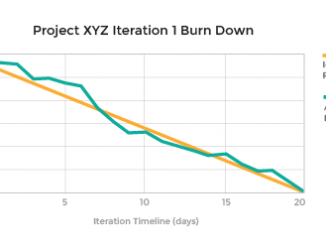Articles and videos on creating and managing cross-functional Scrum teams: scrum master, product owner and development team.
The world has changed and coaches have a significant role in helping clients and their Agile organizations adjust to the post-lockdown world. This presentation explains how to help overcome the twin problems of survivor syndrome and resulting imposter syndrome.
Chances are, you’ve found yourself in a situation in which some members of your Agile team don’t feel comfortable sharing what they truly feel, either with each other or with leadership. This type of discomfort can be caused by any number of factors: fear that the supervisor or leader will penalize people who speak up; concern over getting humiliated in front of others; and other unfortunate causes.
There are many discussions about what Scrum teams should include in their Definition of Done (DoD). However, security is rarely mentioned during these talks, even if more and more hacking incidents are revealed to the public. This article outlines some major security best practices for Agile teams.
Although it has been among the trending topics for a few years, the Design System subject doesn’t seem it’s vanishing from discussions between designers and developers anytime soon. And there is a reason for that.
From the perspective of Scrum, metrics and KPI evaluations are a few of the last frontiers in the process for continuous improvement. In this article, Lucas Napoli shares some metrics and KPIs that Agile software development teams should be aware of.
“OKRs” is the acronym of “Objectives and Key Results.” This is a collaborative goal-setting tool used by teams and individuals to set goals with measurable results. In his book “Succeeding with OKRs in Agile”, Allan Kelly explains why he considers that “OKRs have the potential to reawaken the early ambition and drive inherent in agile. This time managers can join in too, not as obstacles to change, or change drivers, but as partners focused on the same outcomes for a greater purpose.”
What is Mindful Agile Leadership? It is the perfect balance of 3 essential elements: The agile mindset : the heart of agile – our attitude and approach to work that is collaborative, adaptable, open to change, value focused with continuous learning and growth. Mindfulness : the quality of awareness – non-judgmental, objective, deliberate observation and openness to whatever unfolds in the present. Servant leadership : being of service to others – focused on the growth and development of others, empowering teams to be high performing.








